Amplify the Power of Your Existing Technology with Digital Integration
Not long ago, the goals for most utility companies were fairly simple: Provide light, water, and heat (or cooling) to customers on demand and don’t mess up the billing.
Today, the industry is far more complex. Electric, gas, and water suppliers must display digital savvy and show customers that they know and anticipate what they need. With demands for better customer experiences becoming more urgent, utilities need to figure out how to make personalized customer engagement a reality.
The good news is most energy and utilities companies have much of what they need to update the customer experience right in their own back-office systems — such as usage data, energy program participation, billing history, and tariffs. More and more, utilities are also gaining insight behind the meter and seeing whether customers have electric vehicles (EV) or solar in their home. The challenge? How to harness the data in one place so it becomes actionable. That requires a digital transformation strategy to integrate core utility office systems onto a single platform, without any disruptions. It’s the path to a 360-degree view of the customer — a single source of truth employees can use across business processes for both residential and commercial users.
This article will help you understand how to reimagine the utility customer experience and deepen engagement by extending the value of existing technology systems. It all starts with a digital solution purpose-built for your industry so you can connect the back office to the front office and the field.
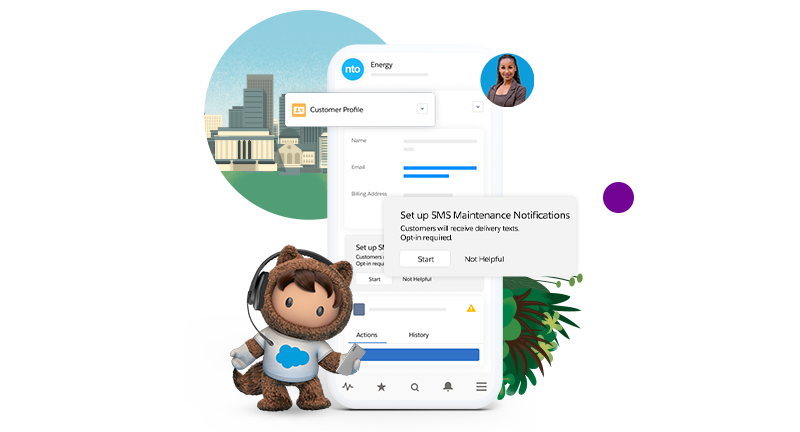
Why customer information systems (CIS) are no longer enough for energy and utilities companies
Since the 1990s, CIS and billing systems have been at the core of meter-to-cash transactions, measuring energy or water usage to create invoices. This remains the primary method for collecting revenue even now.
CIS has served, by default, as a type of customer relationship management (CRM) system for energy and utilities companies. Even 15 years ago, these systems were adequate. Customers didn’t have many, if any, choices in vendors, and billing amounted to “pay up or lights out.” There weren’t credits for, say, energy-saving appliances or smart thermostats. Payment options were limited as well — by mail or in-person, check or cash.
Fast forward to today and the industry has become much more complicated. You have regulated and unregulated suppliers. Even Google and Tesla are emerging as disruptors. And there are so many more sources of energy – renewables are now the fastest growing market segment. Indeed, six percent of homeowners have installed solar panels to take advantage of cheaper photovoltaic energy, which they can generate and store, while another 46% are considering adding panels. That makes it trickier to figure out customer demand and pricing. There’s another unexpected outcome of the growing list of energy choices: Customers now turn to you for advice. Can you help your customers identify what smart choices are available to them? Do you have a portal where customers can review their options and make educated decisions?
Energy and utilities organizations have tried to keep up with the growing complexity and increased demands by upgrading CIS and billing systems. But the updates are often a patchwork of efforts. Some opt for point-to-point updates, like adding a chat solution or an app to notify customers of outages on Facebook or Twitter. These individual upgrades don’t help you integrate systems or provide a more complete view of the customer. Neither does integrating generic CRMs that aren’t tailored to your industry. These require extensive development and expensive custom-coding. In fact, all these approaches only deepen the extent to which data becomes siloed. You end up moving farther away from your goals of a single view of the customer and better customer experiences.
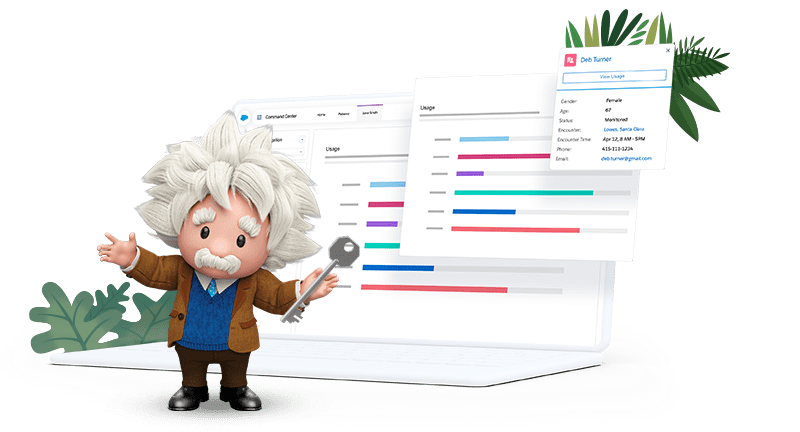
You don’t have to wait for back-office systems to catch up
CIS and billing systems remain the bread and butter of the utility enterprise system, but on top of that, users need the convenience, speed, and 360-degree customer views that cloud-based digital technologies provide. Luckily, digitalization is not a matter of leaving legacy systems behind. Energy and utilities companies can augment the value of a core back-office platform — without replacing or re-coding it. This is about renovation, not revolution.
This digital approach is powerful because it can speed up routine processes and services and create more responsive and sophisticated interactions. For example, utilities can automate the manual processes of a contract lifecycle to reduce cycle times for commercial and industrial customers. This includes contract preparation, terms and conditions, updates, redlining, approvals, and more. Artificial intelligence (AI) further supports teams by analyzing data and making recommendations for next best actions or identifying upselling opportunities. For example, predictive AI can optimize load forecasts for demand management and conservation programs. Or it can help with location- and time-based distributed energy resources (DER) planning.
The single view also strengthens internal utility operations by ensuring consistency across businesses and providing situational insight. These operational improvements prepare utilities to get through unforeseen cases with greater flexibility. For instance, when the pandemic hit, utilities unexpectedly needed to provide service to industrial customers seeking to limit in-person systems monitoring. The richer insights are useful in more routine situations as well, helping team members across functions understand customer needs. Service agents can know at a glance whether they are dealing with a new customer or the preferences of a long-term one. And this changes customer perceptions: No more lengthy waits for agents who can’t provide the insights they need. Customers are now dealing with responsive partners and advisors.
How a purpose-built platform for energy and utilities works
A centralized platform developed specifically for energy and utilities, like Salesforce Energy & Utilities Cloud, accelerates innovation with prebuilt integrations and processes that smoothly connect the back office to modern front-office experiences.
Out-of-the-box features offer industry-specific processes and data models for fast configuration without any back-end coding for specific workflows or procedures. API connectivity unlocks data from disparate systems and unifies it into a single view. This speeds up transformation because companies can use their data to quickly target needs and roles, streamline processes, and deliver the right omni-channel experiences for each audience. Plus, APIs can be redeployed by project, resulting in faster time to value.
Out-of-the-box solutions with API connectivity free up valuable time for developers to focus on innovation. They can say goodbye to generic, repeatable integration tasks with automation. And as the energy and utilities world grows increasingly competitive, you will stand out as more efficient and innovative.

Get started with your digital strategy
Learn more about unlocking legacy CIS and billing systems
- Expand the depth and breadth of your current systems through integration
- Maintain back-office stability and drive front-office innovation
- Transform rapidly with lower risk
White paper
Improving the Customer Experience in the Utilities Industry
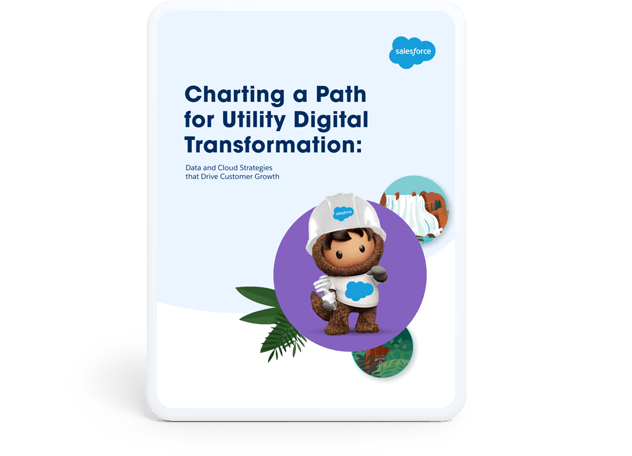
Ebook
Charting a Path for Utility Digital Transformation
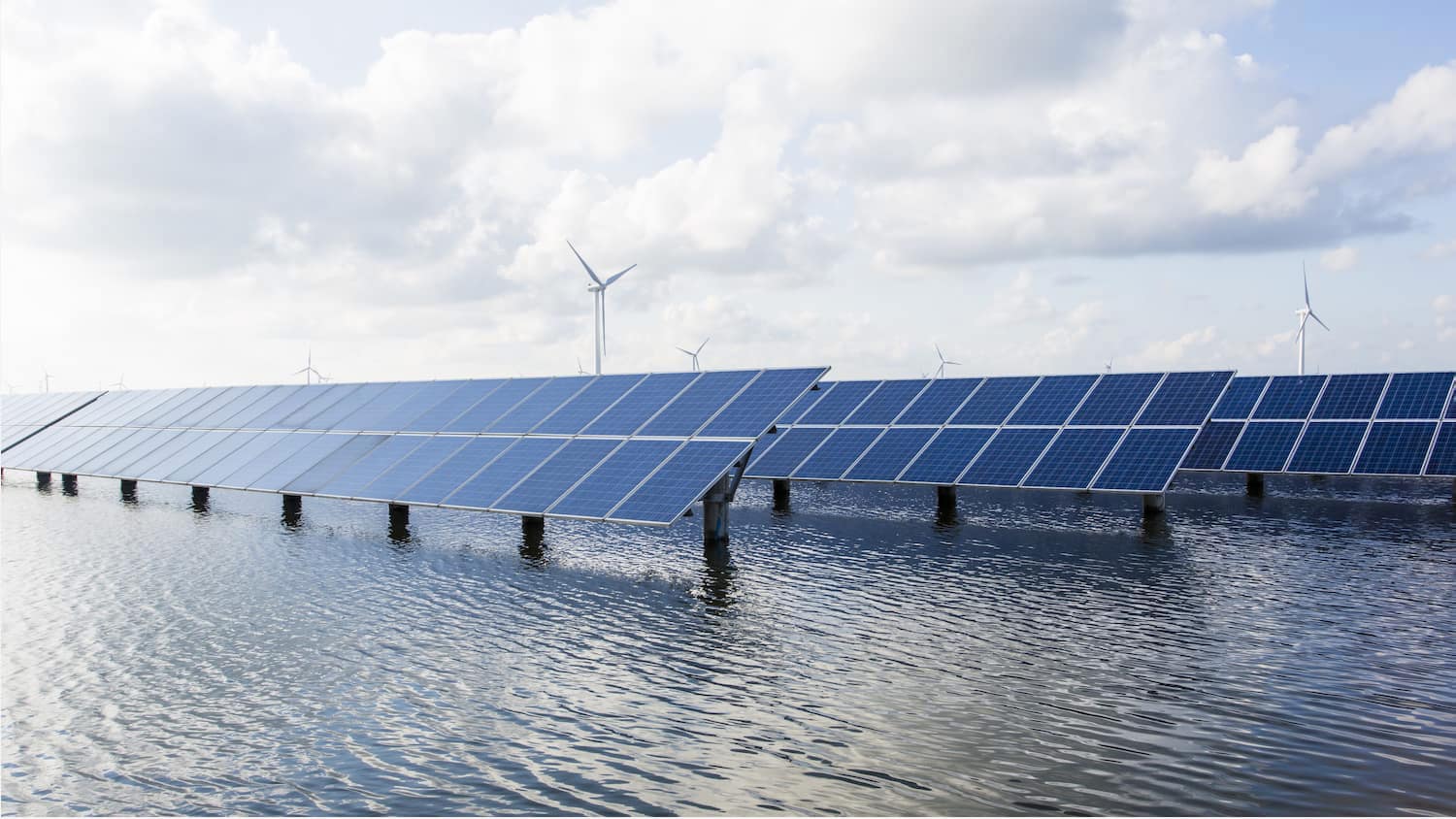
Blog
How Technology Can Help Energy & Utility Companies Adapt To New Customer Expectations
More resources
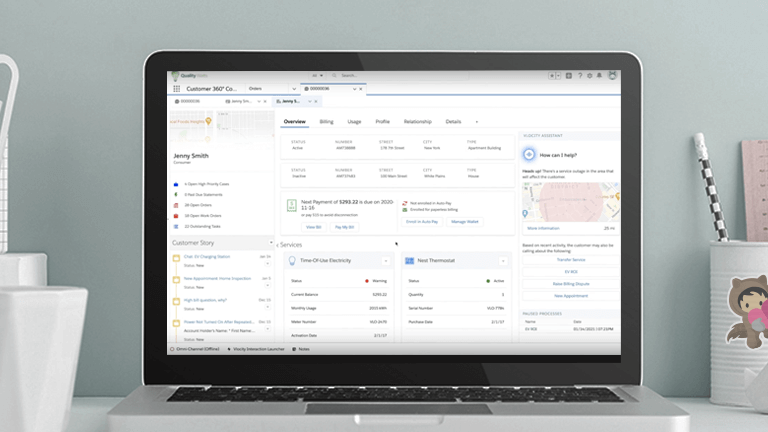
Energy and Utilities Cloud Demo

How EQT Uses CRM in Non-Traditional Ways to Engage with Stakeholders and Suppliers




